Handley Page HP.52 Hampden Bomber RAF
Production Time 9 to 10 weeks
Shipment is by FedEx, UPS or DHL International Express Courier with a normal door-to-door delivery time worldwide of within 2-3 business days after dispatch. Due to the current volatility of world fuel prices, the amount mentioned here is our best estimate for DHL and UPS and may be subject to change at the time of shipping.

Model Description: Handley Page HP.52 Hampden Bomber RAF Wood Replica Scale Custom Model Aircraft
Manufacturer: Handley Page
Wingspan: 17 Inches (43.2 Centimeters)
Height: 3.7 Inches (9.4 Centimeters)
Scale: 1:49
Registration: X3054
$239.50
Production Time 9 to 10 weeks
-
United States dollar ($)
-
Pound sterling (£)
-
Euro (€)
-
Australian dollar ($)
-
Canadian dollar ($)
-
Singapore dollar ($)
-
Swiss franc (CHF)
-
Japanese yen (¥)
-
Danish krone (kr.)
-
Hong Kong dollar ($)
-
Norwegian krone (kr)
-
Swedish krona (kr)
-
United Arab Emirates dirham (د.إ)
General Product Description
Our PlaneArts Handley Page HP.52 Hampden Bomber RAF model exhibits unique, unrivaled quality and detailed design to come as close as possible to the accuracy of the actual plane. It comes as standard with a robust, durable base or stand which is available in a variety of different finishes designed to match your own personal requirements including solid wood, wood with polished metal supports or adjustable wood wall mount and will be ready within about 9-10 weeks from placement of order.
The Handley Page HP.52 Hampden Bomber RAF model is made of the finest kiln dried renewable mahogany wood (commonly known as Lauan or Meranti) which has undergone many stages of carving and meticulous and careful sanding giving the beautiful, finished museum quality masterpiece. Many collectors and model connoisseurs demonstrate their preference for genuine handmade and hand painted mahogany wood models rather than plastic or die cast (diecast) alternatives due to the overall look and totally different feel of the item - we trust you will find the same. We can however, if required produce the same model in Solid Cast Resin so just click and contact us for further information. Our craftsmen and gifted artisans ensure that our finely handcrafted model airplanes match the precise blueprint details of the original aircraft. The paint scheme, markings and parts are closely matched, reflecting the original aircraft. This stylish top-quality desktop replica model will surely enthrall anyone who receives this as a gift and for sure one of the most appropriate and desirably collectable gifts for any military aviation enthusiast and avid aircraft collector whilst also displaying a perfect resemblance to the actual real life version.
There are many types of military propeller aircraft, but the basic types are bombers, fighters, fighter bombers, spotter planes, transporters, patrol aircraft, trainers, and reconnaissance and observation aircraft. All these types of aircraft are used for different types of missions. If you're a fan of historic or present-day military aviation, our model aircraft will bring the excitement and character of these aircraft right into your own home. You can order a wood airplane model of a North American B-25 Mitchell Bomber, a B17 - Flying Fortress, or a P-51 Mustang Nervous Energy V not forgetting the Bf 109, Spitfire, FW 190, A6M Zero, P-38 and F4U. These classic, propeller airplane models are of the highest quality. Each is individually crafted by our expert craftsmen. They produce handmade scale mahogany airplane models of the finest aircraft from World War I and II to present day biplanes and triplanes.
If you require, we can also make the Handley Page HP.52 Hampden Bomber RAF model in any other military, government or even private livery or colour scheme you require and if necessary, in a different size or scale. Just click here to contact us with a description or photographs of what you require, and we will let you have a quotation for the necessary customization by return email. We can also make bespoke scale replicas of any other private / civil commercial airliner or airliners, helicopter, glider, gliders with engines, military jet, warplane jets, biplane, triplane, tail fin, spacecraft, rocket or NASA model you require in any airline, military or civilian livery or colors. We also produce model airships, blimps, dirigibles, blimps, boats, and ship collectibles. Wall plaque or seal for military, government or private customers. Again, by clicking here to contact us just let us know exactly what you need.
The Handley Page HP.52 Hampden: A Pivotal Bomber in RAF History
The Handley Page HP.52 Hampden was a British twin-engine medium bomber used predominantly by the Royal Air Force (RAF) during the early years of World War II. Known for its distinctive design and pivotal role in the early bombing campaigns of the war, the Hampden was a crucial part of the RAF’s bomber trio, which also included the Wellington and the Whitley. Its performance and missions significantly contributed to the Allies’ early strategic bombing efforts.
Design and Development
Designed by Handley Page in response to the Air Ministry Specification B.9/32, the HP.52 Hampden featured a slim, aerodynamic fuselage and a high, unswept wing to accommodate a large bomb bay. Its distinctive appearance, with a lengthy, narrow fuselage and deep twin tail, earned it nicknames such as the “Flying Suitcase” or “Flying Panhandle.”
The prototype first flew on June 21, 1936, and the Hampden entered service with the RAF in 1938. Despite its initial structural issues, which led to modifications and improvements, the Hampden became known for its speed and maneuverability, traits that were somewhat unique for bombers of that era.
Technical Specifications
- Crew: 4 (pilot, navigator/bombardier, radio operator, rear gunner)
- Length: 16.33 meters (53 ft 7 in)
- Wingspan: 21.08 meters (69 ft 2 in)
- Height: 4.62 meters (15 ft 2 in)
- Empty Weight: 5,670 kg (12,500 lb)
- Gross Weight: 9,980 kg (22,000 lb)
- Powerplant: 2 × Bristol Pegasus XVIII nine-cylinder radial engines, producing 1,000 hp each
- Maximum Speed: 265 mph (426 km/h) at 13,500 ft (4,115 m)
- Range: 1,090 miles (1,755 km)
- Service Ceiling: 19,000 ft (5,791 m)
- Armament:
- Up to 2,000 pounds (907 kg) of bombs in internal bay
- Defensive armament included a .303 in (7.7 mm) Vickers K machine gun in nose and dorsal positions, and four .303 in Browning machine guns in the rear.
Operational History:
The Hampden was first used in combat in 1939, marking its role in some of the initial RAF bombing operations over Germany and German-occupied territories. One of its notable early missions was the first RAF night raid on Berlin in 1940. Despite its successes, the Hampden was gradually overshadowed by more capable bombers like the Avro Lancaster, owing to its relatively light bomb load and vulnerability to fighter aircraft and anti-aircraft fire.
Throughout its service, the Hampden was also adapted for other roles, including maritime reconnaissance and as a torpedo bomber, particularly with Coastal Command against German U-boats. Its versatility further extended to training purposes before being phased out of frontline service in 1942.
Legacy:
Despite its relatively short operational life, the Handley Page Hampden was a vital part of the RAF’s bombing capabilities in the early stages of World War II. Its design influenced subsequent aircraft and its missions laid the groundwork for more extensive bombing campaigns that would follow. Today, it stands as a testament to the rapid technological advancements and strategic shifts in military aviation during a critical period in history. The Hampden’s contributions, although overshadowed by later bombers, remain a significant chapter in the story of aerial warfare.
| Weight | 6 kg |
|---|---|
| Dimensions | 13.2 × 17 × 3.7 in |
Be the first to review “Handley Page HP.52 Hampden Bomber RAF” Cancel reply
Similar Models
Helicopters
Military Airplanes - Propeller
Military Airplanes - Propeller
Military Airplanes - Propeller
Private & Civilian
Private & Civilian
Military Airplanes - Propeller
Military Airplanes - Propeller
Military Airplanes - Propeller
Military Airplanes - Propeller
Military Airplanes - Propeller
Military Airplanes - Propeller
Military Airplanes - Propeller
Military Airplanes - Propeller
Boats, Ships & Submarines
Boats, Ships & Submarines
Military Airplanes - Propeller
Military Airplanes - Propeller
Military Airplanes - Propeller
Military Airplanes - Jet
Military Airplanes - Jet
Military Airplanes - Jet
Military Airplanes - Jet
Military Airplanes - Propeller
Military Airplanes - Propeller
Military Airplanes - Jet
Military Airplanes - Jet
Military Airplanes - Jet
Military Airplanes - Jet
Military Airplanes - Propeller
Military Airplanes - Jet
Military Airplanes - Propeller
Military Airplanes - Propeller
Private & Civilian
Military Airplanes - Propeller
Military Airplanes - Propeller
Private & Civilian
Israel Aircraft Industries IAI-1124 Westwind TNT Air Couriers
Military Airplanes - Propeller
Military Airplanes - Jet
Military Airplanes - Jet
Military Airplanes - Jet
Military Airplanes - Jet
Military Airplanes - Propeller
Military Airplanes - Propeller
Military Airplanes - Jet
Military Airplanes - Jet
Military Airplanes - Jet
Military Airplanes - Jet
Military Airplanes - Propeller
Military Airplanes - Jet
Military Airplanes - Jet
Military Airplanes - Jet
Military Airplanes - Propeller
Military Airplanes - Propeller
Military Airplanes - Propeller
Military Airplanes - Jet
Military Airplanes - Jet
Military Airplanes - Propeller
Military Airplanes - Jet
Private & Civilian
Military Airplanes - Jet
Military Airplanes - Propeller
Private & Civilian
Military Airplanes - Propeller
Military Airplanes - Jet
Military Airplanes - Propeller
Military Airplanes - Propeller
Military Airplanes - Propeller
Military Airplanes - Propeller
Military Airplanes - Propeller
Military Airplanes - Propeller
Military Airplanes - Jet
Military Airplanes - Jet
Private & Civilian
Military Airplanes - Jet
Military Airplanes - Jet
Helicopters
Helicopters
Helicopters
Military Airplanes - Propeller
Helicopters
Military Airplanes - Jet
Blackburn Buccaneer RAF 237 Operational Conversion Unit OCU Squadron
Military Airplanes - Propeller
Private & Civilian
Military Airplanes - Jet
Military Airplanes - Jet
BAe British Aerospace Hawk T.1 Mk.1 Royal Air Force RAF Red Arrows
Military Airplanes - Jet
Military Airplanes - Propeller
Military Airplanes - Propeller
Military Airplanes - Propeller
Military Airplanes - Propeller
Military Airplanes - Propeller
Military Airplanes - Propeller
Military Airplanes - Propeller
Military Airplanes - Propeller
Military Airplanes - Propeller
Private & Civilian
Private & Civilian
Helicopters
Private & Civilian


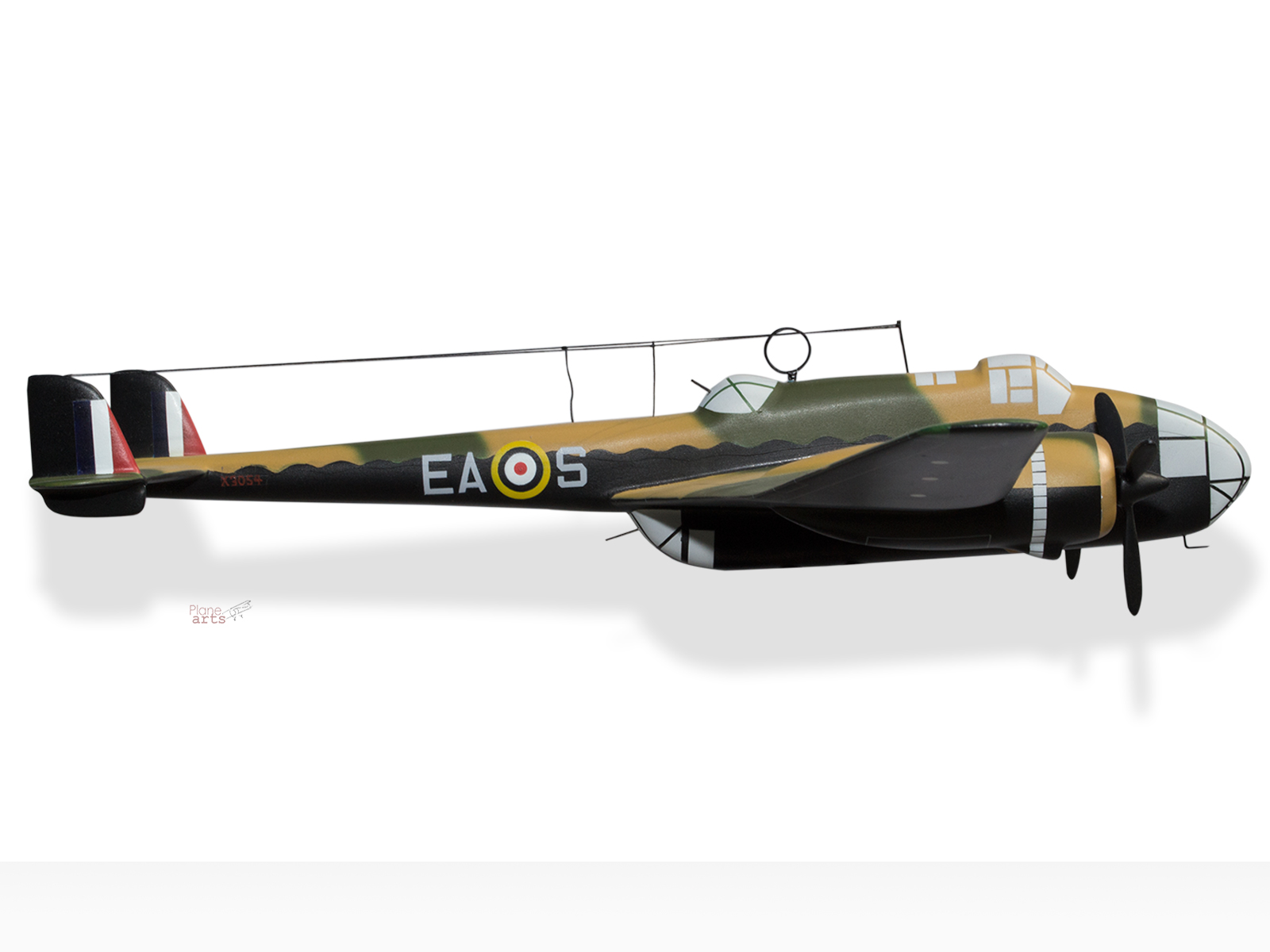
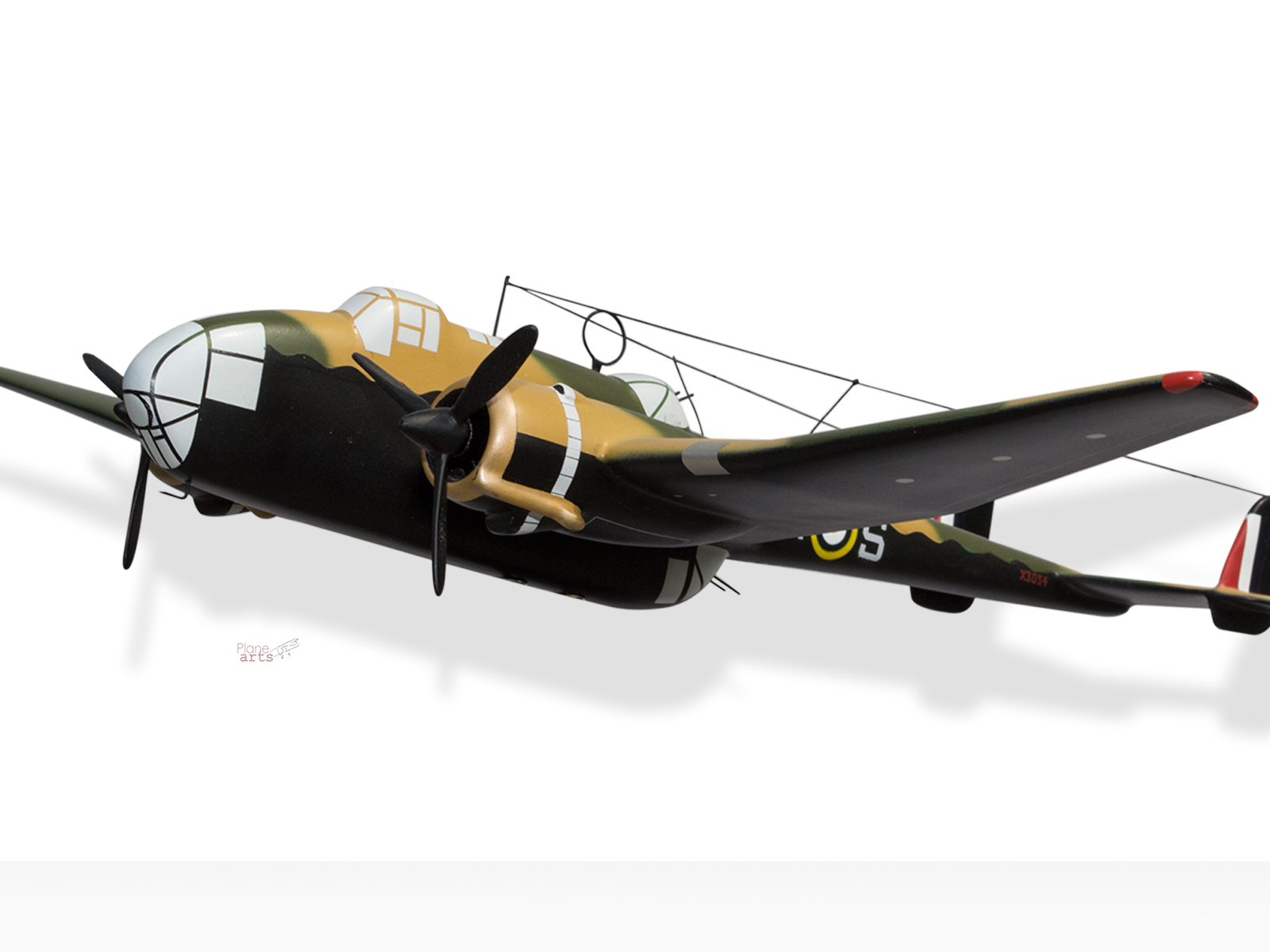
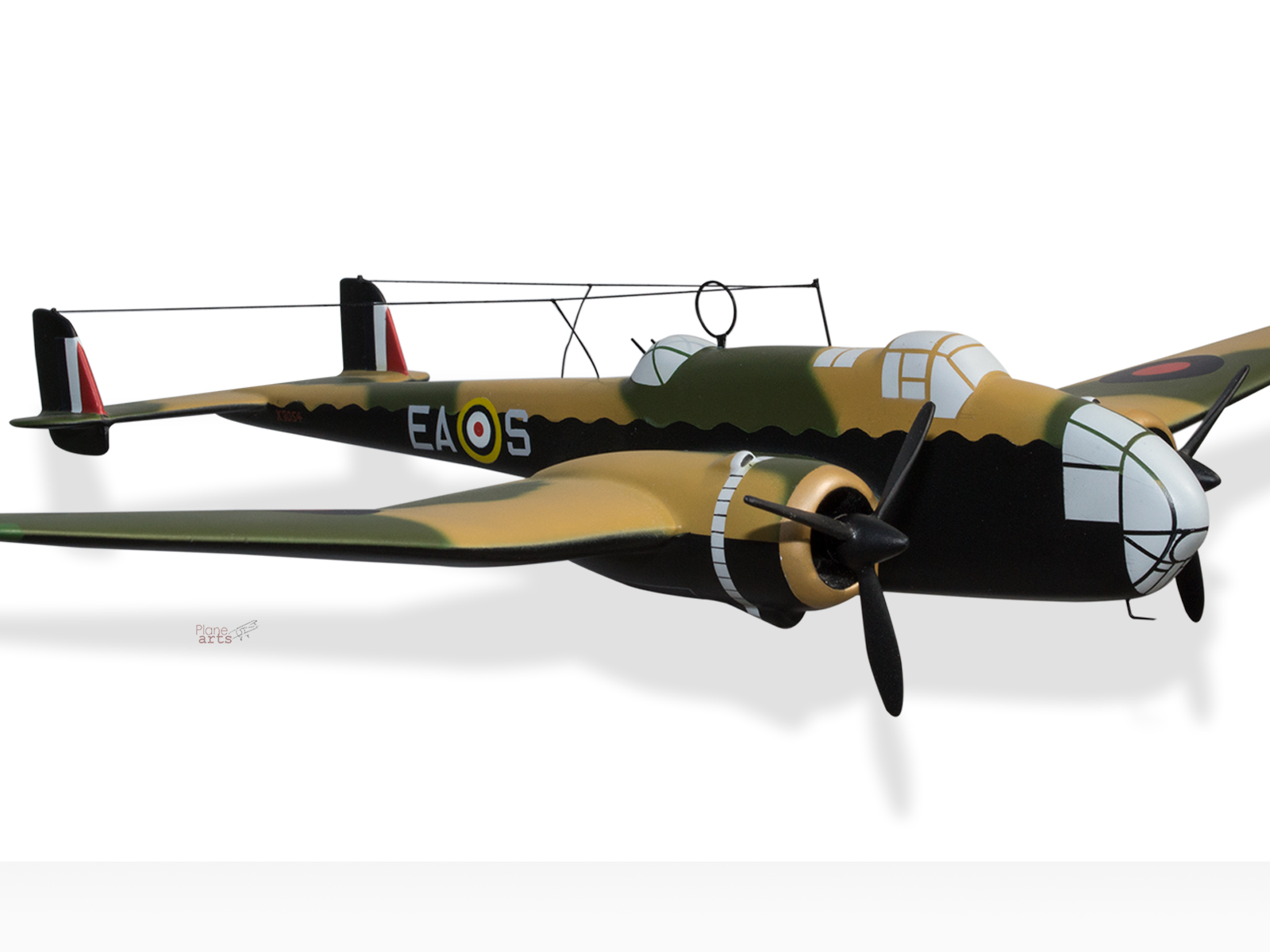
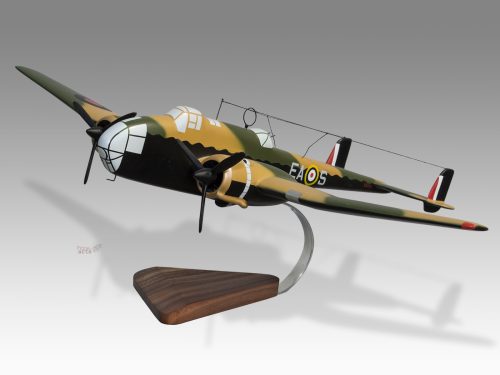
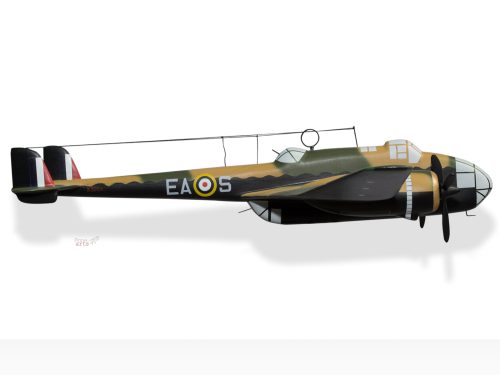
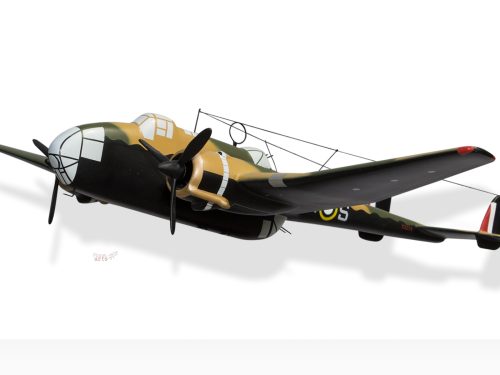
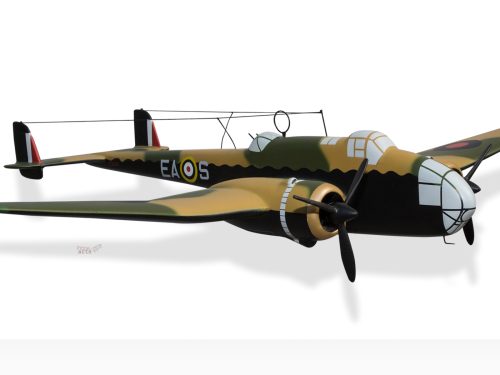

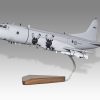
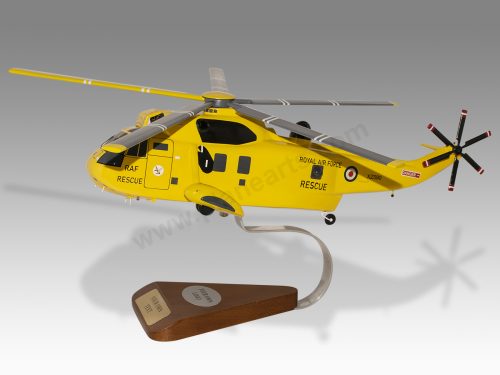
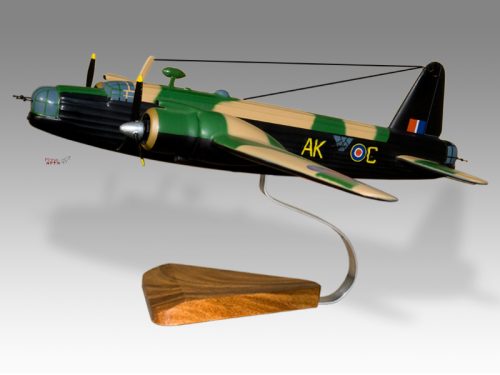

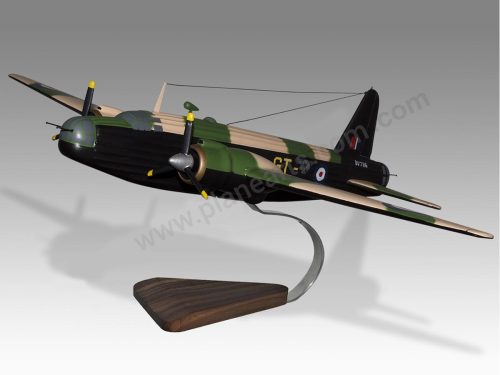

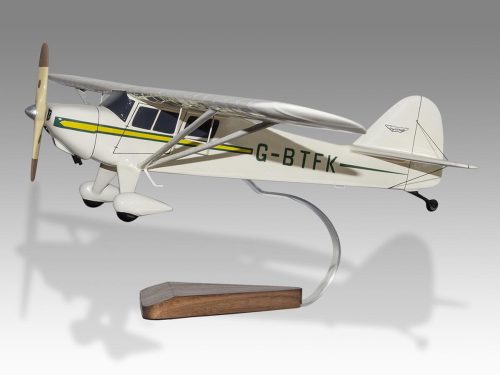
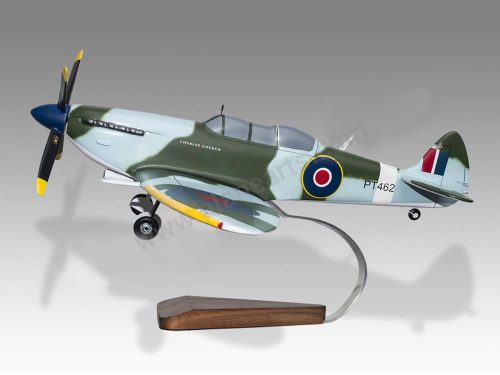
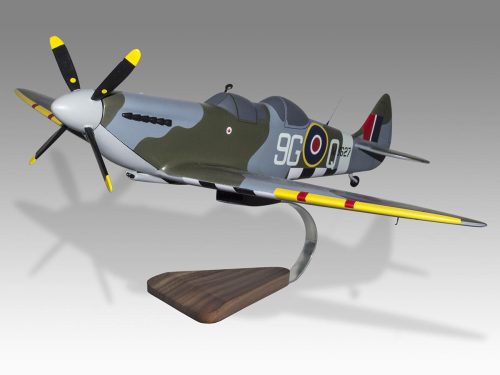
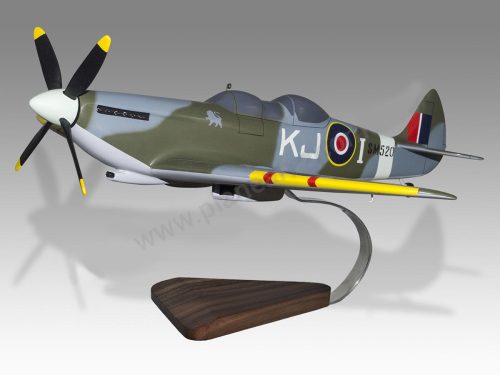
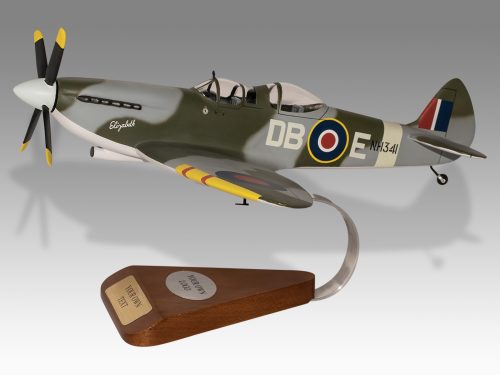
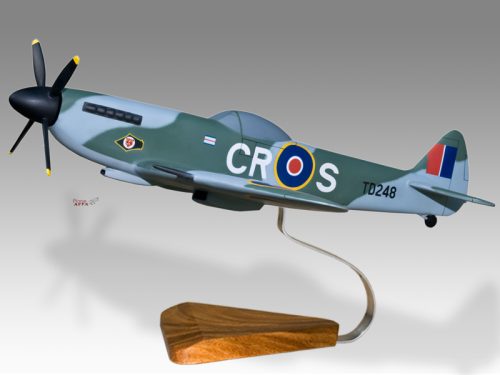
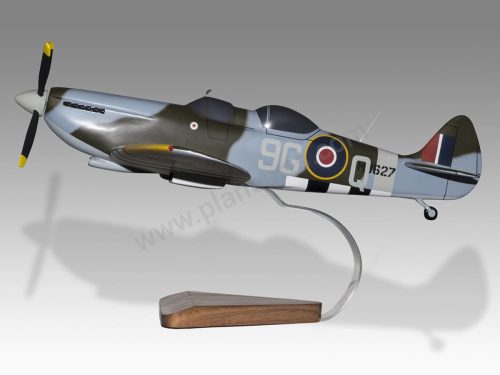
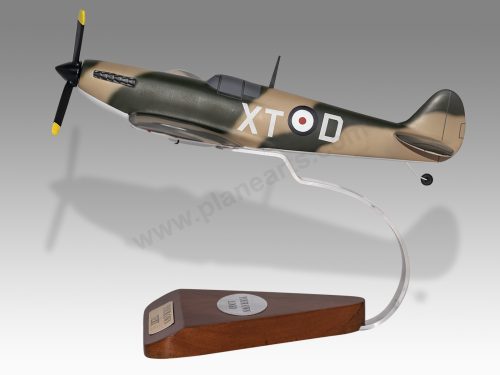
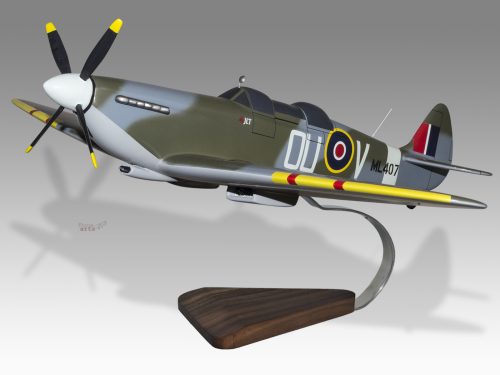




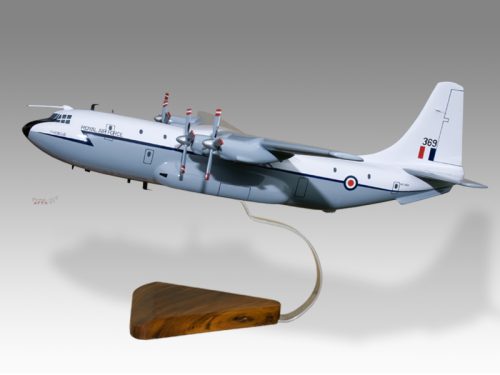

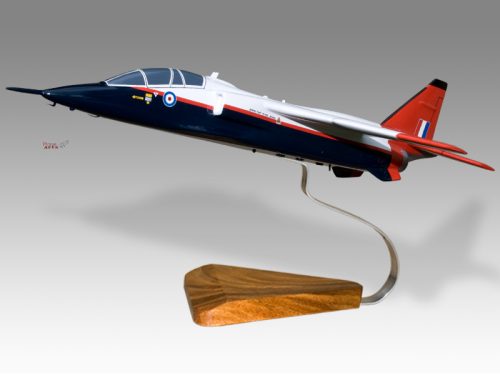
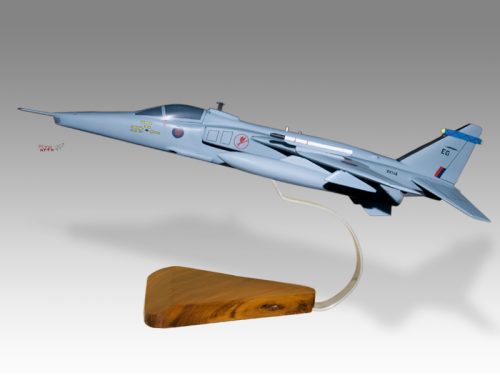
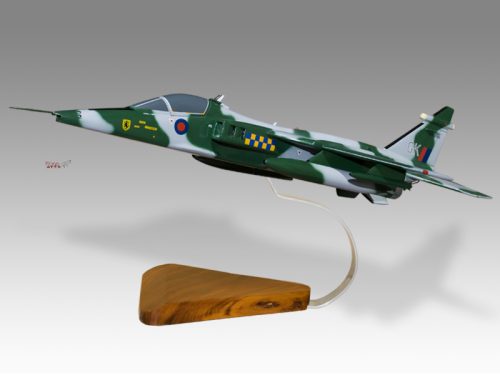
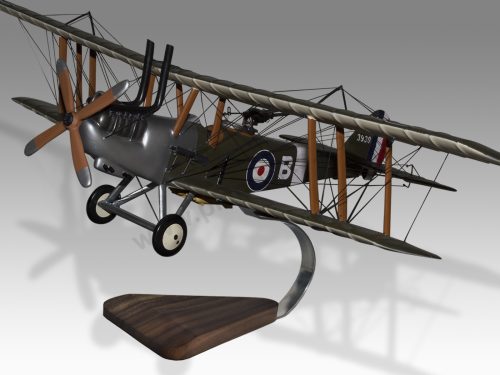
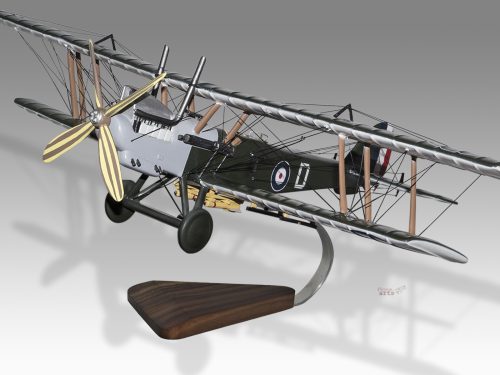
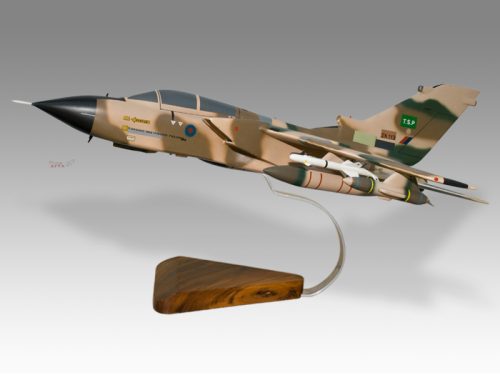
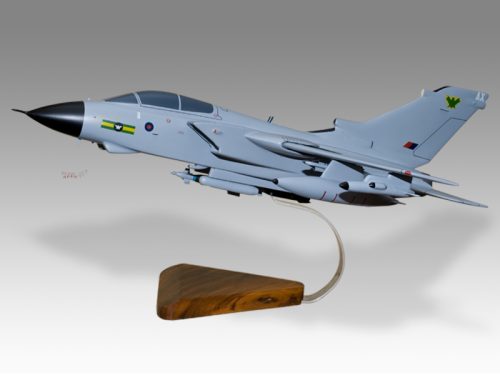
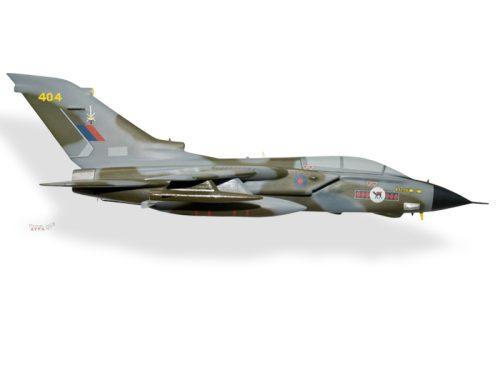
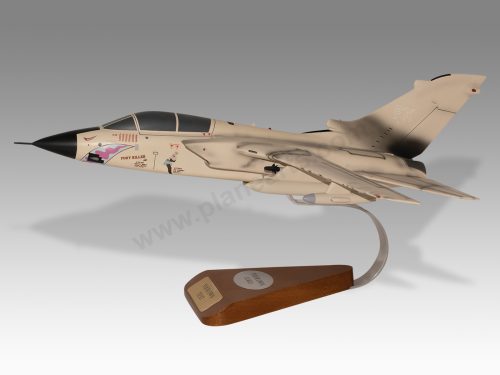
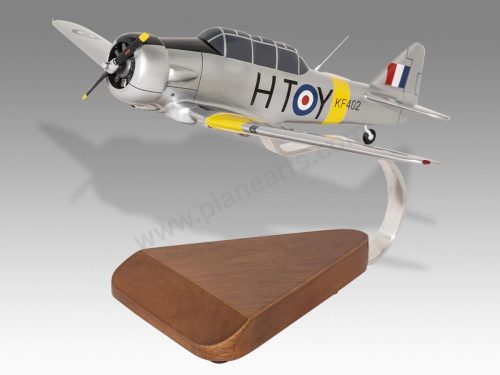

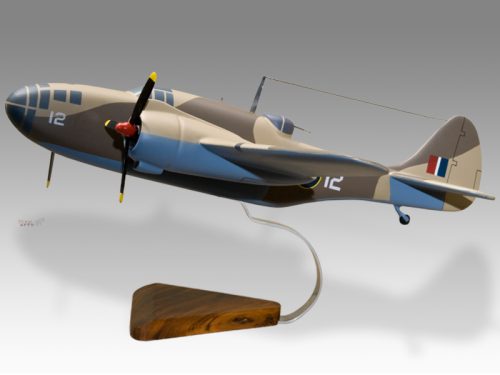
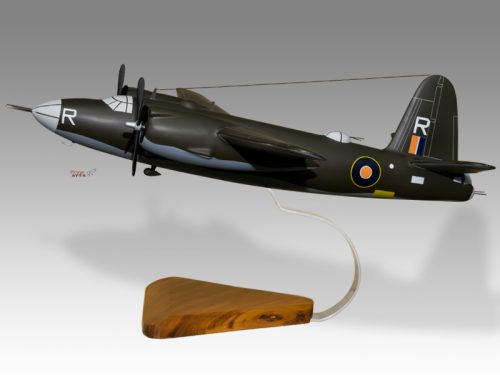

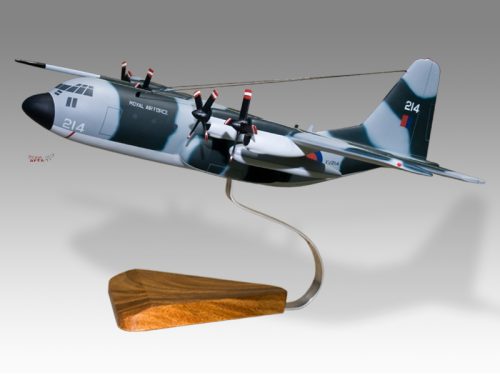



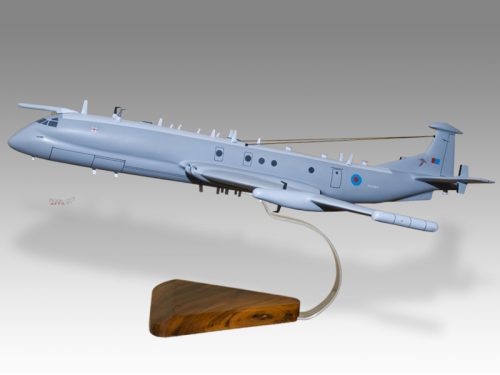
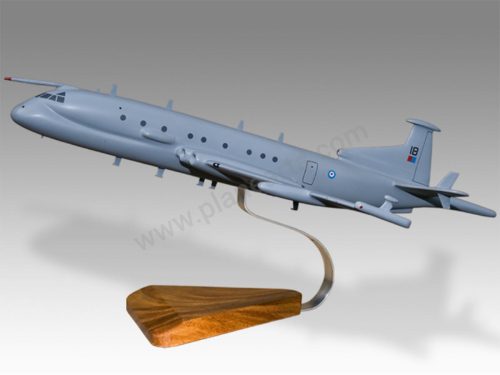


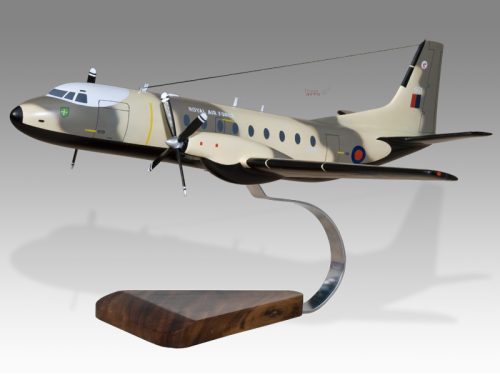


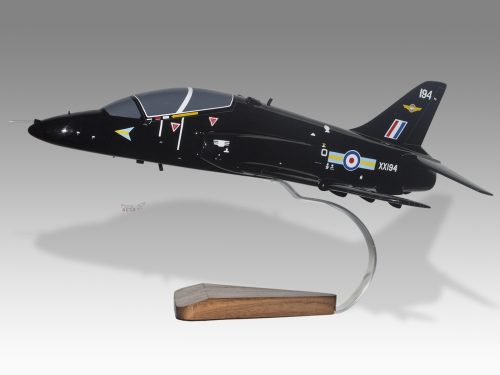
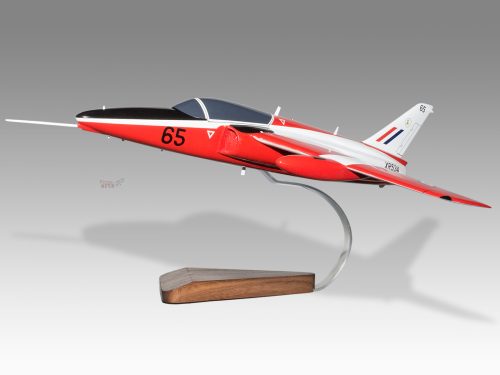
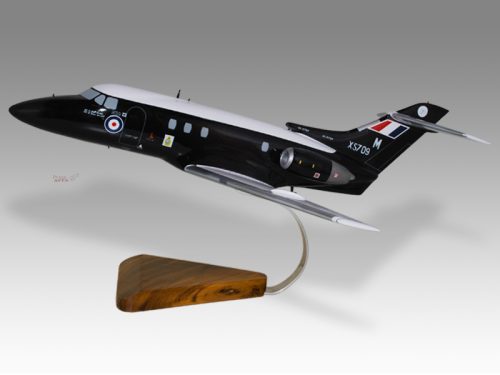
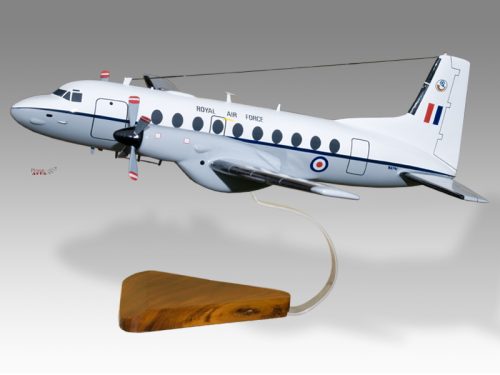
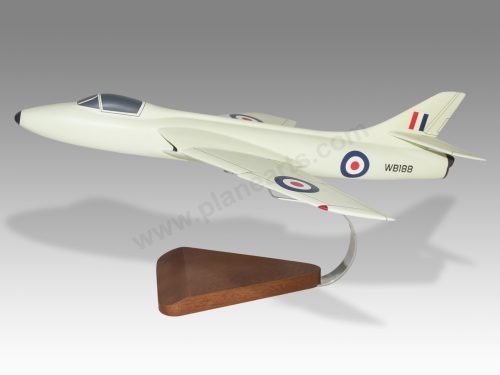
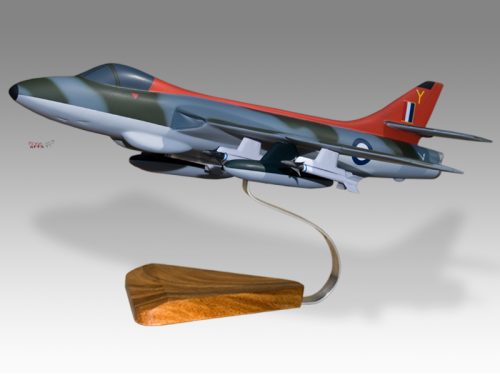


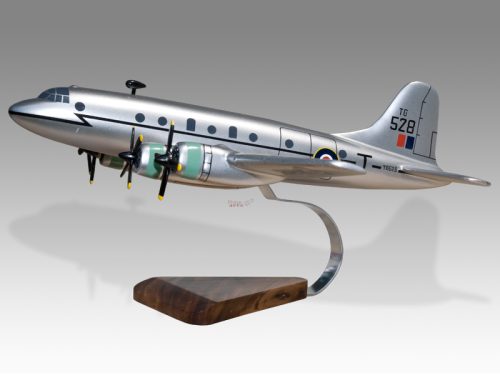
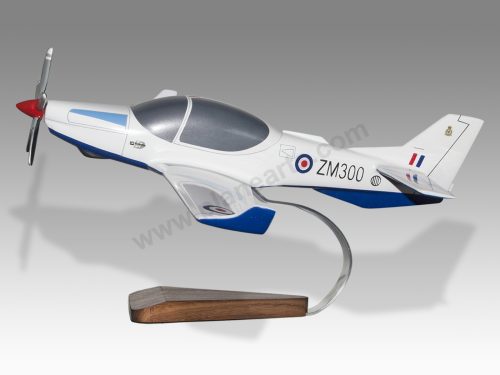

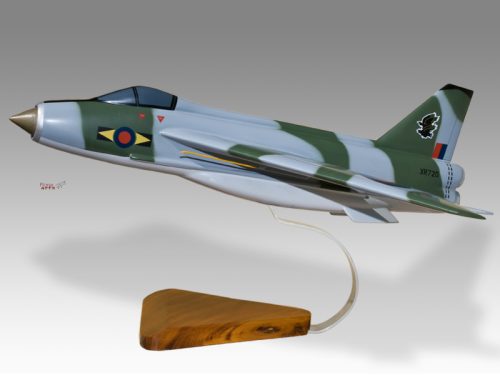


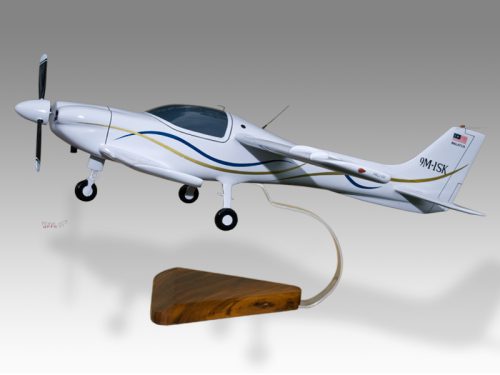
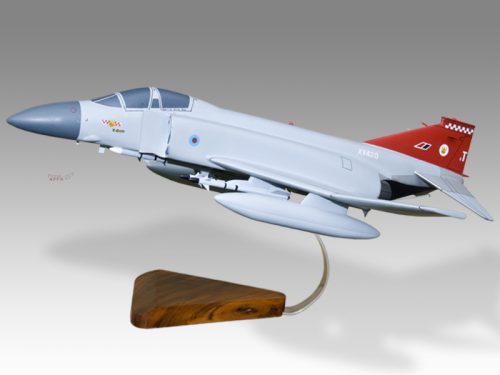
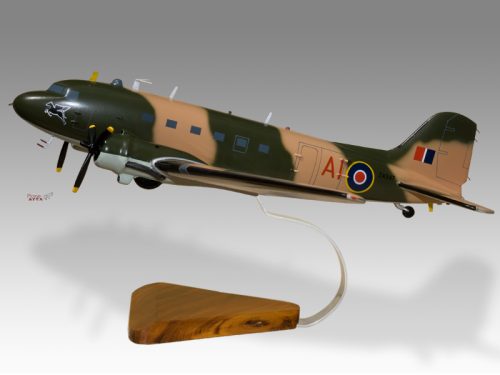

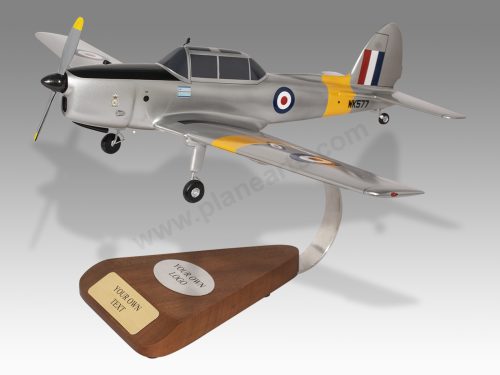
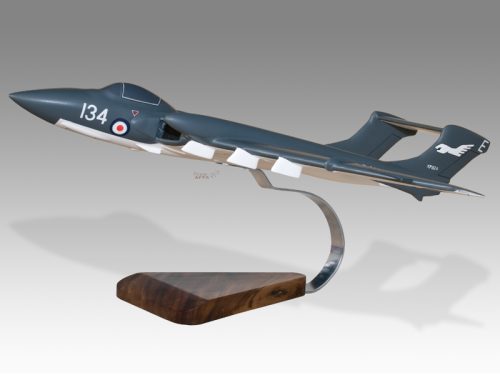
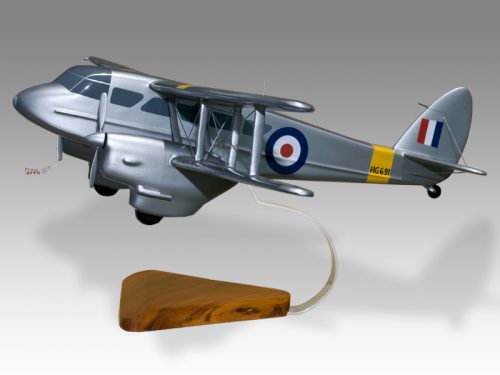
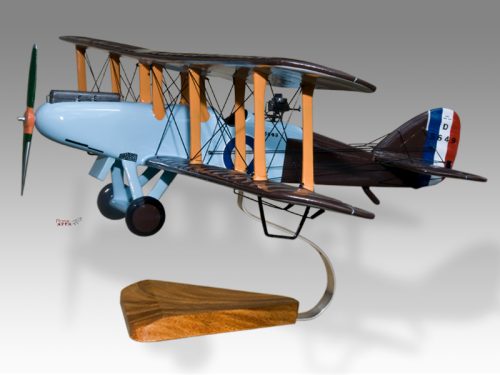
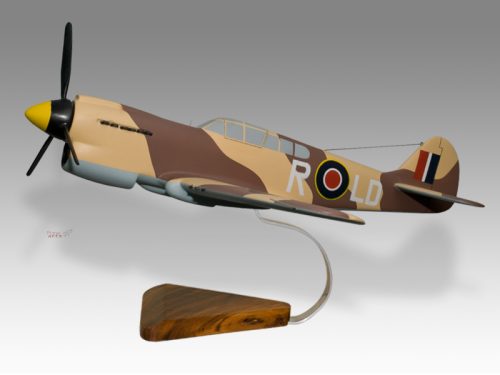

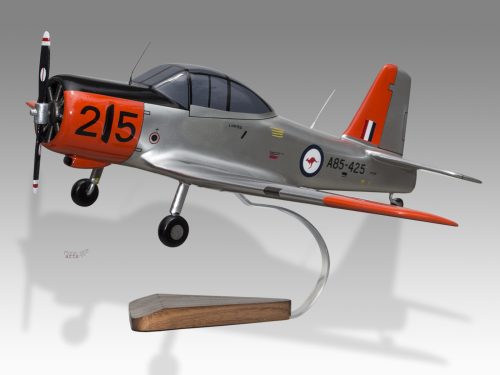

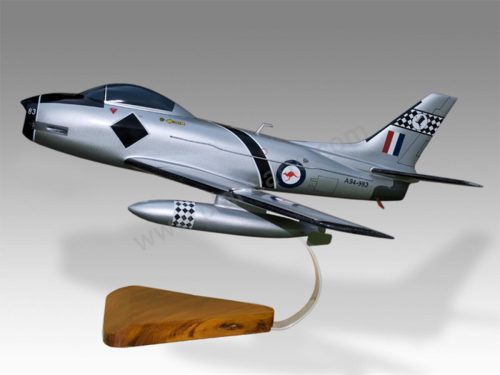
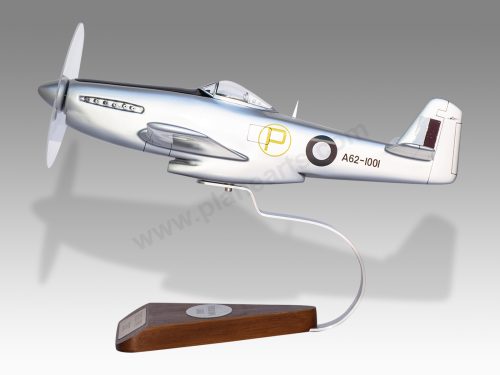
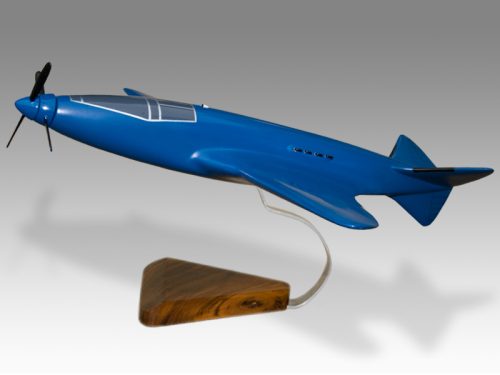
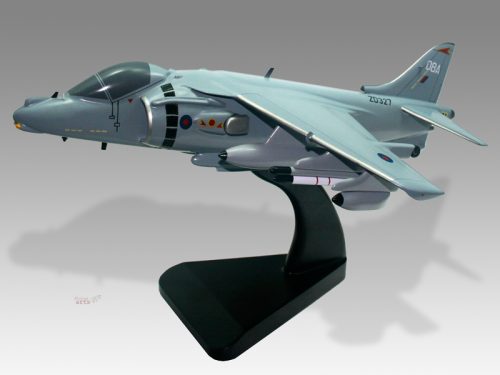
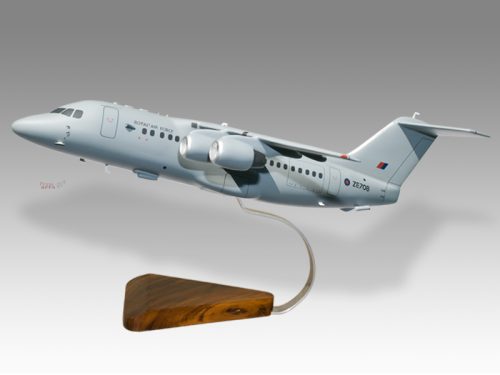

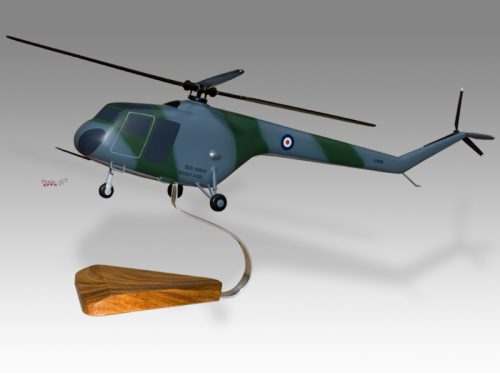
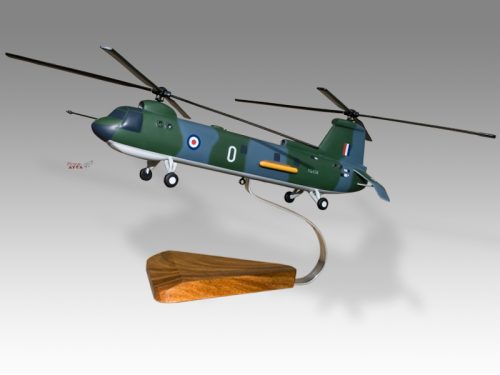

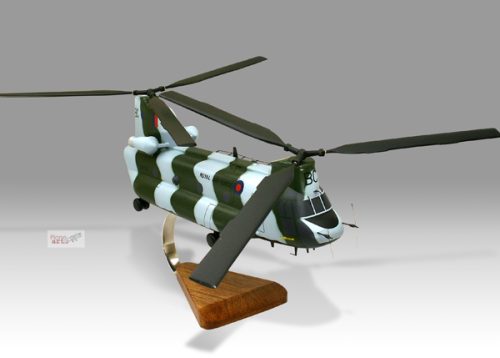
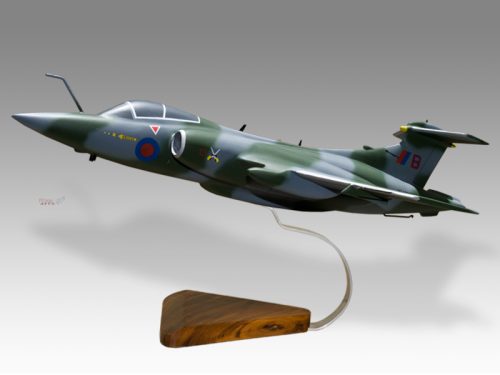
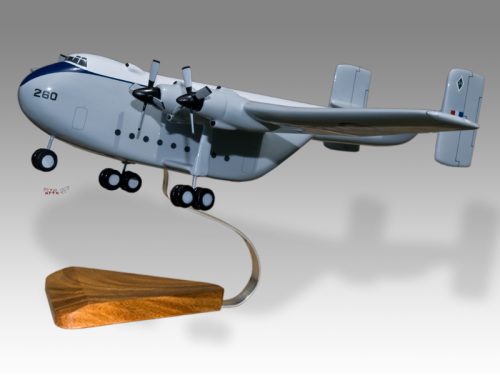
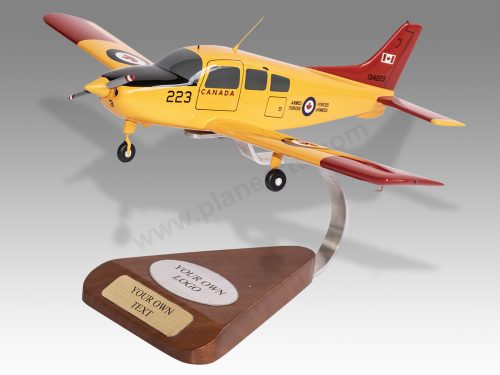
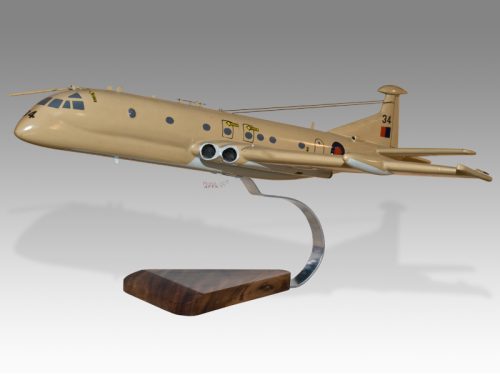

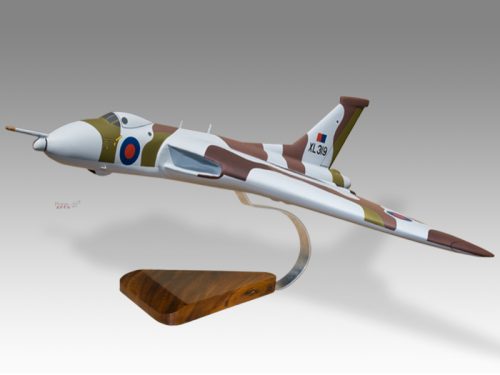
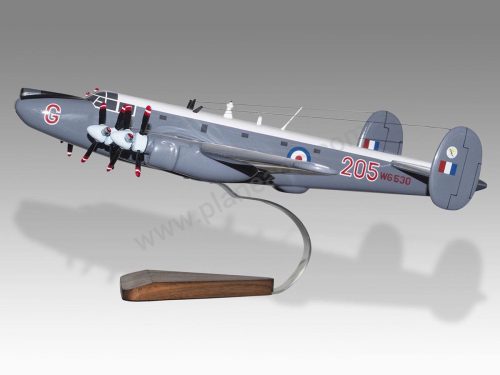

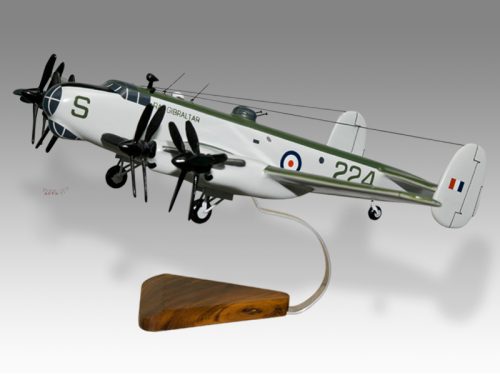
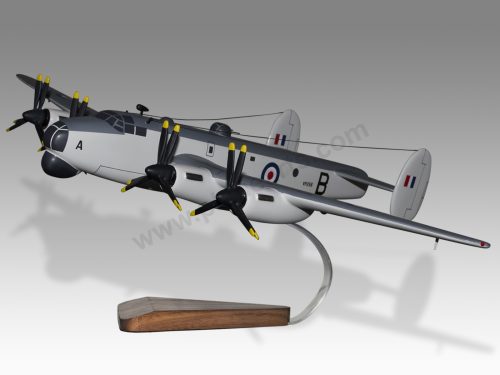
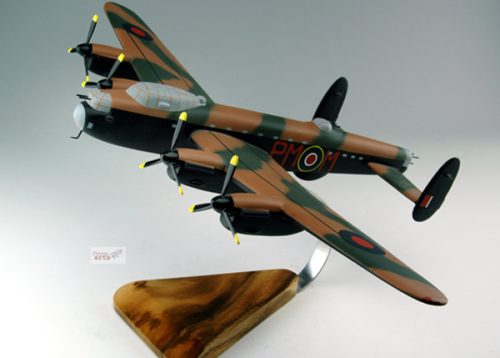
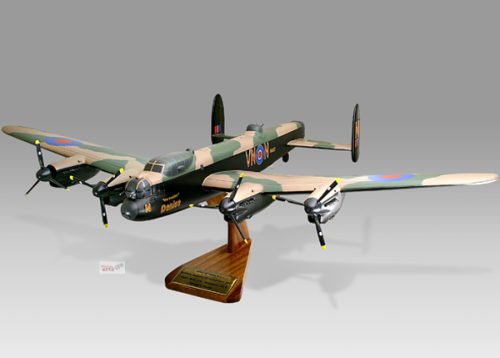
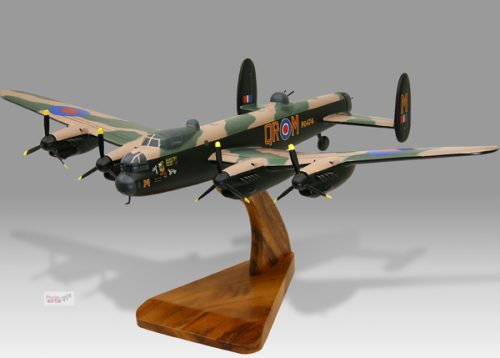


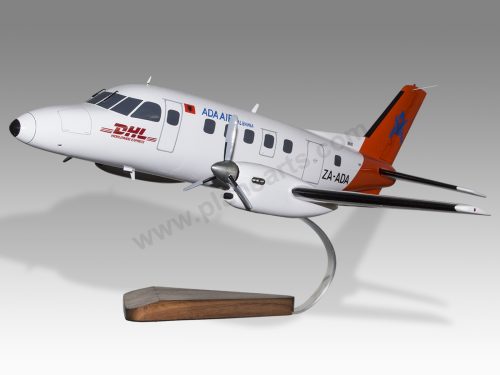

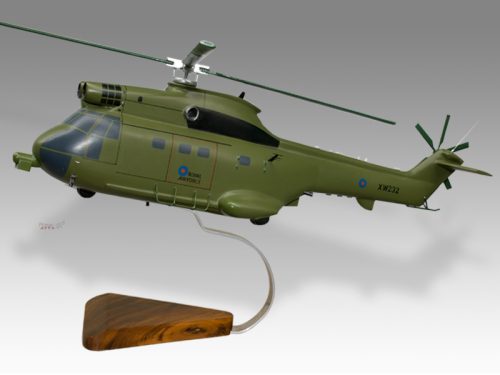

Reviews
There are no reviews yet.